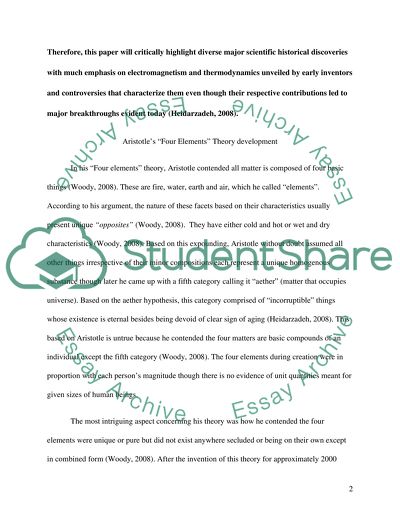Cite this document
(“How did major discoveries in physics change the course of chemistry Term Paper”, n.d.)
Retrieved from https://studentshare.org/physics/1493111-how-did-major-discoveries-in-physics-change-the
Retrieved from https://studentshare.org/physics/1493111-how-did-major-discoveries-in-physics-change-the
(How Did Major Discoveries in Physics Change the Course of Chemistry Term Paper)
https://studentshare.org/physics/1493111-how-did-major-discoveries-in-physics-change-the.
https://studentshare.org/physics/1493111-how-did-major-discoveries-in-physics-change-the.
“How Did Major Discoveries in Physics Change the Course of Chemistry Term Paper”, n.d. https://studentshare.org/physics/1493111-how-did-major-discoveries-in-physics-change-the.


